Home>Articles>How To Create A Home Improvement Project Budget
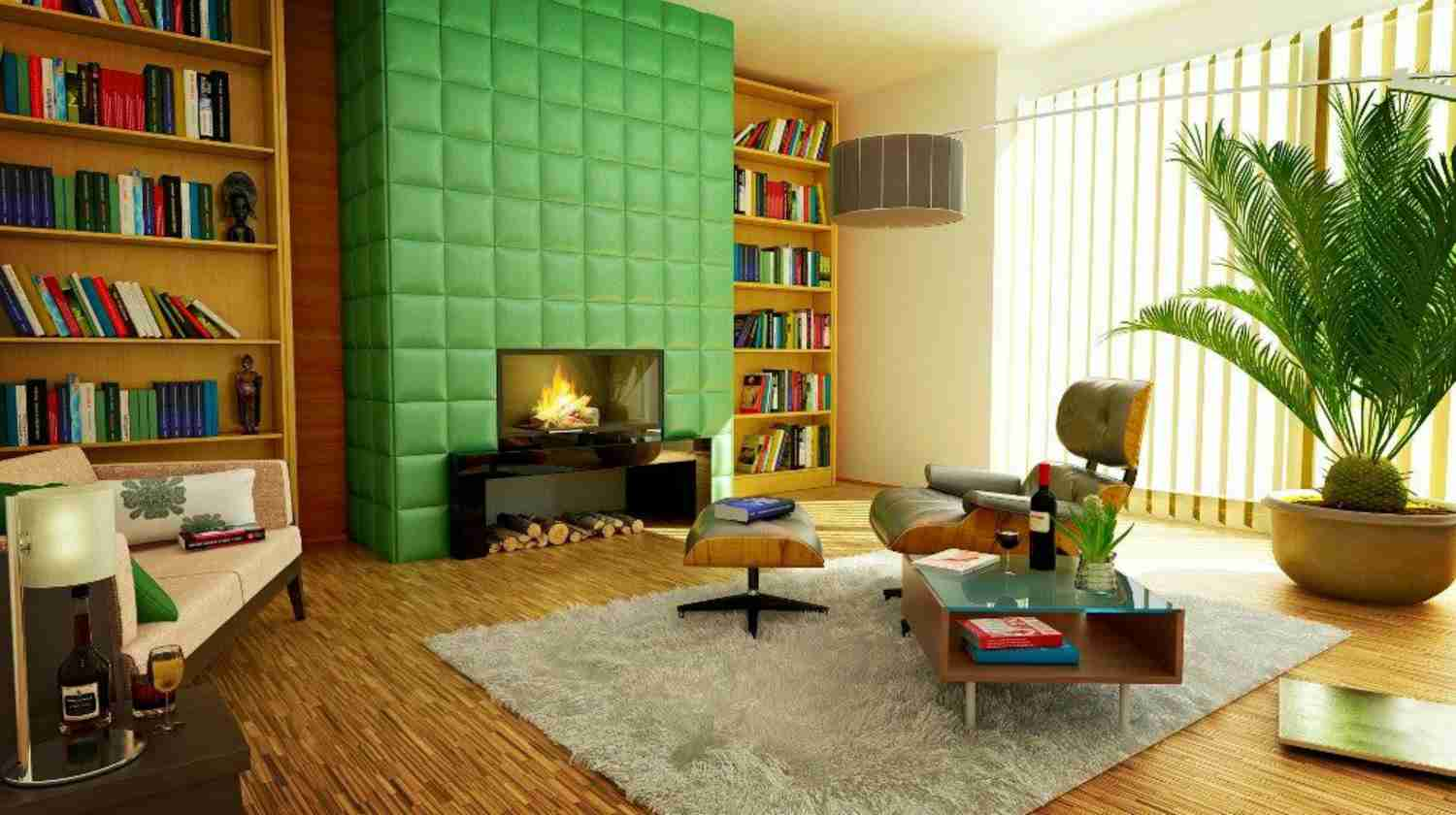

Articles
How To Create A Home Improvement Project Budget
Modified: January 5, 2024
Learn how to create a well-planned home improvement project budget with our informative articles. Get expert tips and advice to make your renovations cost-effective.
(Many of the links in this article redirect to a specific reviewed product. Your purchase of these products through affiliate links helps to generate commission for Storables.com, at no extra cost. Learn more)
Introduction
Welcome to our comprehensive guide on how to create a home improvement project budget. Whether you’re planning to renovate your kitchen, add an extra room, or simply upgrade your home’s exterior, having a well-defined budget is crucial to ensure the success of your project. A carefully planned budget will help you stay on track, avoid overspending, and make informed decisions throughout the process.
Undertaking a home improvement project can be exciting, but it also comes with its fair share of challenges. Without a proper budget in place, you may find yourself facing unexpected expenses, running out of funds midway through the project, or compromising on the quality of materials and workmanship. By taking the time to create a detailed budget, you can set realistic expectations, prioritize your goals, and make informed choices that align with your financial capabilities.
This guide will take you through the step-by-step process of creating a home improvement project budget. We will explore the various factors to consider when assessing your needs, how to set clear goals for your project, and how to research and estimate costs effectively. Additionally, we will provide tips on creating a comprehensive budget, allocating funds for different project phases, and preparing for unexpected expenses. Lastly, we’ll discuss strategies for tracking and monitoring your budget to ensure that you stay on course.
Whether you’re a seasoned homeowner or a first-time DIY enthusiast, this guide will equip you with the knowledge and tools you need to plan your home improvement project budget successfully. By following these steps, you can avoid financial stress, streamline your decision-making process, and achieve the home of your dreams within your desired budget.
So, let’s get started on this exciting journey of creating a home improvement project budget that will pave the way for a successful and stress-free remodeling experience.
Key Takeaways:
- Creating a detailed home improvement project budget is crucial for avoiding overspending, making informed decisions, and achieving your desired outcomes within your financial means.
- Prioritize goals, monitor expenses, and be prepared for unexpected costs to stick to your budget and successfully transform your living space while maintaining financial stability.
Read more: 14 Ways To Stretch Your Renovation Budget
Assessing Your Home Improvement Needs
Before you can create a budget for your home improvement project, it’s essential to assess your needs and identify the specific areas that require attention. Take the time to evaluate your home and determine what improvements are necessary or desired. This will help you prioritize your budget and focus on the areas that will provide the most value and satisfaction.
Start by taking a walk through your home, room by room, and make notes of any issues or areas that need improvement. Look for signs of wear and tear, outdated features, or functionality problems. Consider factors such as aesthetics, functionality, energy efficiency, and safety. Think about what improvements would enhance your everyday living experience and add value to your home in the long run.
If you’re not sure where to begin, you can consult with professionals, such as contractors or interior designers, who can provide valuable insights and recommendations based on their expertise. They can help you identify areas that may need attention, suggest potential upgrades, and estimate costs for each project.
It’s also important to consider the future plans for your home. Are you planning to sell it in the near future? If so, prioritizing projects that can increase resale value might be a wise choice. On the other hand, if you plan to stay in your home for a long time, you may want to focus on improvements that enhance your personal enjoyment and comfort.
Once you have a clear understanding of your home improvement needs, make a list of the projects you want to tackle. Categorize them based on priority and urgency. This will help you allocate funds and create a budget that aligns with your goals and financial capacity.
Remember to be realistic about your expectations and budget limitations. It’s easy to get carried away with ideas, but it’s crucial to ensure that your budget can accommodate your plans. Don’t forget to consider the time and effort required for each project as well. Some improvements may require professional help, while others can be accomplished through DIY efforts.
By assessing your home improvement needs thoroughly, you can lay a solid foundation for your budgeting process. This will enable you to make informed decisions about which projects to prioritize and how much to allocate towards each one. So take the time to evaluate your home, set your goals, and get ready to create a budget that will bring your vision to life.
Setting Your Home Improvement Goals
Once you have assessed your home improvement needs and identified the areas that require attention, the next step is to set clear goals for your project. Goals provide direction and help you stay focused throughout the budgeting and renovation process. By establishing specific objectives, you can prioritize your budget and make informed decisions that align with your desired outcomes.
When setting your home improvement goals, consider both practical and aesthetic aspects. Practical goals focus on improving functionality, efficiency, and safety, while aesthetic goals aim to enhance the overall look and feel of your home. It’s important to strike a balance between these two aspects to create a space that is not only visually appealing but also practical and functional.
Start by listing out your goals for each area or project. Be as specific as possible, describing what you want to achieve in terms of functionality, design, and features. For example, if you are renovating your kitchen, your goals might include installing energy-efficient appliances, increasing storage space, and updating the design to reflect a modern aesthetic.
Next, prioritize your goals based on their importance to you. Identify the goals that are essential and those that would be nice to have but are not deal-breakers. This will help you allocate your budget and resources accordingly, ensuring that the most critical goals are accomplished within your financial capacity.
Consider the timeline for your goals as well. Determine whether all the goals need to be achieved at once or if you can tackle them in stages. Breaking down the project into smaller phases can help manage costs and make the renovation process more manageable and less overwhelming.
It’s also crucial to be realistic about your goals and assess their feasibility within your budget. Research the costs associated with each goal and compare them to your available funds. This will help you make informed decisions about which goals to prioritize and which ones may need to be adjusted or postponed.
Remember that setting your home improvement goals is a collaborative process. Involve your family members, significant others, or anyone else who will be impacted by the renovations. Their input and feedback can provide valuable insights and help ensure that the goals align with everyone’s vision for the space.
By setting clear and realistic home improvement goals, you can create a budget that is focused and tailored to your specific needs and aspirations. This will help you stay on track and make decisions that bring you closer to your desired outcomes while remaining within your financial limits.
Researching and Estimating Costs
One of the most important steps in creating a home improvement project budget is researching and estimating the costs associated with your desired renovations. Accurate cost estimates are crucial for ensuring that your budget is realistic and sufficient to cover all expenses. By taking the time to gather information and research costs, you can make informed decisions and avoid any surprises or financial setbacks during the project.
Start by conducting thorough research on the materials, products, and services required for your home improvement project. Look for reputable suppliers, contractors, and vendors who can provide high-quality products and services at competitive prices. Consider factors such as durability, energy efficiency, maintenance requirements, and warranties when comparing different options.
Obtain multiple quotes or estimates from different sources to get a better understanding of the range of costs for each aspect of your project. This will help you identify any outliers or potential overpricing and ensure that you are getting a fair deal. Be sure to request itemized quotes that break down the cost of labor, materials, permits, and any additional fees.
When estimating costs, it’s essential to account for both direct and indirect expenses. Direct expenses include materials, equipment rentals, contractor fees, and permit fees. Indirect expenses may include costs for temporary accommodations if needed, storage facilities, waste disposal, and any unexpected or hidden costs that may arise during the renovation process.
Don’t forget to factor in taxes and potential price increases when creating your budget. Prices of materials can fluctuate over time, so it’s wise to account for potential inflation or market changes during the duration of your project. It’s better to overestimate the costs slightly than to be caught off guard by unexpected price increases.
Consider seeking advice or consulting with professionals in the industry to ensure that your cost estimates are accurate and realistic. Contractors, architects, or interior designers can provide insights into the average costs for similar projects and help you avoid common pitfalls or budgeting errors.
Lastly, keep in mind that unforeseen circumstances or changes to the scope of the project can impact your budget. It’s essential to build in a contingency or buffer amount to account for any unexpected expenses that may arise. A general rule of thumb is to allocate around 10-15% of your total budget as a contingency fund.
By researching and estimating costs thoroughly, you can create a realistic budget that covers all aspects of your home improvement project. This will help you make informed decisions, prioritize your goals, and prevent any financial surprises along the way. So take the time to gather information, obtain accurate estimates, and create a budget that sets you up for success.
Creating a Comprehensive Budget
Now that you have assessed your needs, set your goals, and researched the costs, it’s time to create a comprehensive budget for your home improvement project. A well-planned budget will serve as your roadmap, guiding your financial decisions and ensuring that you stay on track throughout the renovation process.
Start by listing all the expenses associated with your project. Break them down into categories such as materials, labor, permits, equipment rentals, and any other relevant costs. Be as detailed as possible to capture all potential expenses accurately.
Next, assign costs to each item on your list. Use the research and estimates you have gathered to determine the most accurate figures. Consider both the low and high ends of the estimated range to account for any variations or unexpected costs that may arise.
Don’t forget to include indirect expenses as well, such as temporary accommodations, storage costs, and contingency funds. Allocating a buffer amount for unforeseen expenses is crucial to ensure that your budget remains on track, even if unexpected issues arise.
Once you have assigned costs to all the items on your list, add them up to determine the total projected cost of your project. This will give you a clear picture of the financial scope of your renovation and help you evaluate whether your budget aligns with your available funds.
If your total projected cost exceeds your available funds, it’s time to reevaluate your goals and prioritize your expenses. Consider which items are essential and which ones could be postponed or eliminated. Look for areas where you may be able to cut costs without compromising the overall quality or functionality of your project.
Refine your budget by adjusting the costs and allocations accordingly. Be realistic and flexible in your approach, understanding that compromises may need to be made to accommodate your financial limitations. Remember that it’s better to have a comprehensive budget that you can comfortably stick to than to stretch your finances beyond their limits.
It’s also essential to track your expenses throughout the project to ensure that you are staying within your budget. Keep records of all receipts, invoices, and payment confirmations. Regularly update your budget to reflect the actual costs incurred. This will allow you to identify any areas where you may be overspending and make adjustments if necessary.
By creating a comprehensive budget, you can have a clear understanding of the financial implications of your home improvement project. It provides a roadmap for managing your finances, making informed decisions, and staying on track throughout the renovation process. So take the time to create a detailed budget that sets you up for success and keeps your project financially sound.
When creating a home improvement project budget, be sure to factor in a contingency fund of at least 10-20% of the total budget to account for unexpected expenses.
Allocating Funds for Different Project Phases
When creating a budget for your home improvement project, it’s crucial to allocate funds for different project phases. This approach allows you to manage your finances effectively, prioritize expenses, and ensure that you have sufficient funds available for each stage of the renovation process.
Start by dividing your project into distinct phases or milestones. For example, if you’re remodeling your kitchen, you may have phases such as demolition, plumbing and electrical work, installation of cabinets and countertops, and final finishing touches. Each phase will have its own set of expenses and requirements.
Assign a budget to each phase based on its estimated costs. This will help you determine how much of your total budget should be allocated to each stage of the project. Keep in mind that some phases may require more funds than others, depending on the complexity and scope of the work involved.
Consider the timeline of your project when allocating funds. Determine the sequence of the phases and how much time you anticipate spending on each one. Some phases may overlap or require multiple payments over time. Allocate funds accordingly to ensure that you have enough money available when it’s time to pay for each phase.
It’s important to be flexible with your budget allocations. As the project progresses, you may encounter unforeseen circumstances or changes that require adjustments to your financial plan. Be prepared to reallocate funds if necessary and make adjustments as needed to accommodate any unexpected expenses.
As you allocate funds for different project phases, remember to prioritize essential tasks and expenses. Some phases may be critical to the overall success and functionality of your project, while others may be more cosmetic or optional. Focus on completing the necessary work first before investing in non-essential elements.
Communication with your contractors or service providers is key during this stage. Keep them updated on your budget allocations and ensure that they are aware of any financial constraints or considerations. This will help them plan their work accordingly and avoid any cost overruns or delays.
Regularly review and monitor your budget allocations as the project progresses. Compare your actual expenses to your planned allocations to identify any discrepancies or areas where you may be overspending. Make adjustments as necessary to avoid running out of funds or compromising the quality of the work.
By allocating funds for different project phases, you can effectively manage your budget, prioritize expenses, and ensure that you have sufficient funds available for each stage of the renovation. This approach allows for better financial control, reduces the risk of overspending, and helps you achieve your goals within your desired timeline and budgetary limits.
Contingency Planning for Unexpected Expenses
When it comes to home improvement projects, it’s essential to prepare for the unexpected. Despite careful planning and budgeting, unforeseen expenses can arise during the renovation process. To avoid financial strain and ensure that your project stays on track, it’s crucial to include a contingency plan for these unexpected costs.
A contingency fund is a set amount of money set aside specifically for unforeseen expenses that may arise during the project. It serves as a financial safety net, providing you with the flexibility to address unexpected issues or changes without derailing your entire budget.
When deciding how much to allocate for your contingency fund, a general rule of thumb is to set aside around 10-15% of your total project budget. This percentage may vary depending on the complexity and scale of your renovation. If your project involves extensive demolition, structural work, or working with older homes, you may consider allocating a higher percentage for contingencies.
It’s important to be realistic when setting up your contingency fund. While it can be tempting to allocate a small percentage to keep your budget lean, it’s essential to protect yourself from potential financial difficulties in case unexpected expenses do arise.
When unexpected expenses occur, assess their impact on your budget and project timeline. Determine whether the expenses are significant enough to dip into your contingency fund. Remember, not every unexpected expense warrants using your contingency funds. If the expense falls within your planned budget, you can adjust the allocation within the specific category of your budget.
Regularly monitor your expenses and track any unexpected costs that occur. Keep detailed records of these expenses, including receipts, invoices, and any documentation related to the issue. This documentation will be crucial if you need to discuss the expenses with your contractors, suppliers, or insurance provider.
Be diligent in researching and obtaining multiple quotes or estimates for any unexpected costs that need to be addressed. This will help you ensure that you are getting the best possible price and prevent any unnecessary overspending.
Remember that communication is key during the contingency planning phase. If unexpected expenses arise, promptly communicate with your contractors or service providers to discuss the issue and explore possible solutions. They may be able to provide insights, alternatives, or cost-effective options to help mitigate the impact on your budget.
Having a contingency plan in place for unexpected expenses demonstrates your preparedness and financial responsibility. It allows you to respond to unforeseen circumstances without jeopardizing the progress of your renovation. By including a contingency fund in your budget, you will have peace of mind knowing that you’re prepared for any unexpected costs that may arise during the course of your home improvement project.
Tracking and Monitoring Your Budget
Once you have created a budget for your home improvement project, it’s crucial to track and monitor your expenses to ensure that you stay within your financial limits. Tracking your budget allows you to have a clear understanding of where your money is being allocated and helps you identify any areas where you may be overspending or need to make adjustments.
Start by keeping a detailed record of all your expenses related to the project. This includes receipts, invoices, and any other documentation that verifies the costs incurred. It’s essential to be diligent and organized in documenting your expenses to have an accurate representation of your budget.
Regularly update your budget spreadsheet or tracking tool with the actual expenses you’ve incurred. Compare them to your planned budget to see if you’re staying on track or if adjustments need to be made. This will give you a clearer picture of your project’s financial health and help you make informed decisions.
Take the time to review and analyze your spending patterns. Look for areas where you may be overspending and identify any potential cost-saving measures. For example, if you find that your expenses for materials are higher than expected, consider exploring alternative suppliers or negotiating better prices.
Communicate with your contractors or service providers regularly. Keep them informed about your budget tracking efforts and discuss any concerns or discrepancies that arise. They may be able to provide insights or alternative solutions to help you stay within your budget.
Make use of available technology and budgeting apps to simplify the tracking process. Many apps allow you to input your budget, track expenses, and generate reports automatically. This can be a convenient and efficient way to monitor your budget and keep all your information in one place.
Consider creating visual representations of your budget data, such as charts or graphs, to make it easier to understand and analyze your spending patterns. Visualizing your budget can provide greater clarity and help you identify trends or patterns that may require attention.
Regularly reassess your budget throughout the project. As you progress, you may encounter unexpected changes or modifications. It’s important to make adjustments to your budget as needed to ensure that it remains realistic and aligned with your project’s scope.
Remember that tracking and monitoring your budget is an ongoing process. It requires attention and discipline to keep your expenses in check. However, the benefits of staying within your budget far outweigh the effort required. By monitoring your budget, you can ensure that your project remains financially sustainable, avoid unnecessary overspending, and achieve your desired outcomes within your financial limits.
Tips for Sticking to Your Budget
Creating a budget for your home improvement project is essential, but it’s equally important to stick to that budget throughout the process. Staying on track with your budget ensures that you don’t overspend or encounter unnecessary financial stress. Here are some tips to help you stay within your budget:
- Prioritize your goals: Identify your top priorities for the project and allocate your budget accordingly. Focus on essential improvements and features that align with your overall vision and long-term goals for your home. Avoid getting sidetracked by unnecessary upgrades or additions that can quickly inflate your expenses.
- Stick to your plan: Once you have set your goals and created a budget, it’s crucial to stick to your plan. Avoid making impulsive decisions or deviating from your original vision. Evaluate any changes or additional expenses carefully before committing to them.
- Research and compare prices: Take the time to research and compare prices for materials, products, and services. Don’t settle for the first offer you come across. Shop around, get multiple quotes, and negotiate when possible. By finding the best deals, you can save money without compromising on quality.
- Monitor your expenses: Regularly track and monitor your expenses to ensure that you are staying within your budget. Update your budget spreadsheet or tracking tool with the actual costs you incur. This will help you identify any areas where you may be overspending and allow you to make adjustments to get back on track.
- Avoid scope creep: Scope creep refers to the tendency to expand the project’s scope beyond the original plan, resulting in additional expenses. Stay disciplined and resist the temptation to add extra features or make unnecessary changes during the project. Stick to your initial goals and budget to avoid unexpected costs.
- Communicate with contractors: Maintain open communication with your contractors or service providers throughout the project. Keep them informed about your budgetary constraints and discuss any concerns or potential cost-saving measures. They may have valuable insights or alternative solutions to help you stay within your budget.
- Don’t sacrifice quality: While it’s important to stick to your budget, it’s equally crucial not to compromise on quality. Cut corners or using subpar materials may lead to higher costs in the long run if repairs or replacements are needed. Prioritize quality, durability, and functionality within your budget to ensure that your home improvements stand the test of time.
- Be prepared for contingencies: Unexpected expenses can arise during any home improvement project. By allocating a contingency fund within your budget, you can have peace of mind knowing that you are prepared for unforeseen costs. The contingency fund acts as a safety net, allowing you to address unexpected issues without derailing your entire budget.
- Celebrate small victories: It’s important to recognize and celebrate your progress along the way. Completing milestones and stages of your project within your budget is an achievement. Take the time to acknowledge your efforts and celebrate your success. This positive reinforcement will motivate you to stick to your budget for the remainder of the project.
Remember, sticking to your budget is crucial for a successful home improvement project. By prioritizing your goals, monitoring expenses, and practicing discipline, you can create a space that meets your needs and desires while remaining financially responsible. With these tips in mind, you can navigate your project confidently and achieve your vision within your budgetary limits.
Conclusion
Creating a home improvement project budget is a crucial step in ensuring the success of your renovation. By assessing your needs, setting clear goals, and researching costs, you can create a realistic and comprehensive budget that aligns with your vision and financial capabilities. Throughout the process, it’s important to allocate funds for different project phases, plan for unexpected expenses, and track and monitor your budget to stay on track.
Sticking to your budget requires discipline, planning, and regular evaluation of your expenses. Prioritize your goals, research prices, and avoid scope creep to prevent unnecessary expenses. Communicate with contractors, track your spending, and be prepared for contingencies to effectively manage unexpected costs. By following these tips, you can stay within your budget and achieve your home improvement goals without unnecessary financial strain.
Remember, a well-planned and managed budget sets the foundation for a successful home improvement project. It enables you to make informed decisions, stay on track, and achieve your desired outcomes. With careful planning, a commitment to sticking to your budget, and a focus on quality and functionality, you can turn your house into a dream home within your financial means.
So take the time to assess your needs, set clear goals, and create a comprehensive budget. Stay disciplined, track your expenses, and make adjustments as needed. With proper planning and budgeting, your home improvement project will not only enhance your living space but also provide a sense of accomplishment and satisfaction in knowing that you have achieved your vision while maintaining financial stability.
Now, armed with the knowledge and insights provided in this guide, it’s time to embark on your home improvement journey. Plan, budget, and transform your space into a place you will love and enjoy for years to come.
Frequently Asked Questions about How To Create A Home Improvement Project Budget
Was this page helpful?
At Storables.com, we guarantee accurate and reliable information. Our content, validated by Expert Board Contributors, is crafted following stringent Editorial Policies. We're committed to providing you with well-researched, expert-backed insights for all your informational needs.

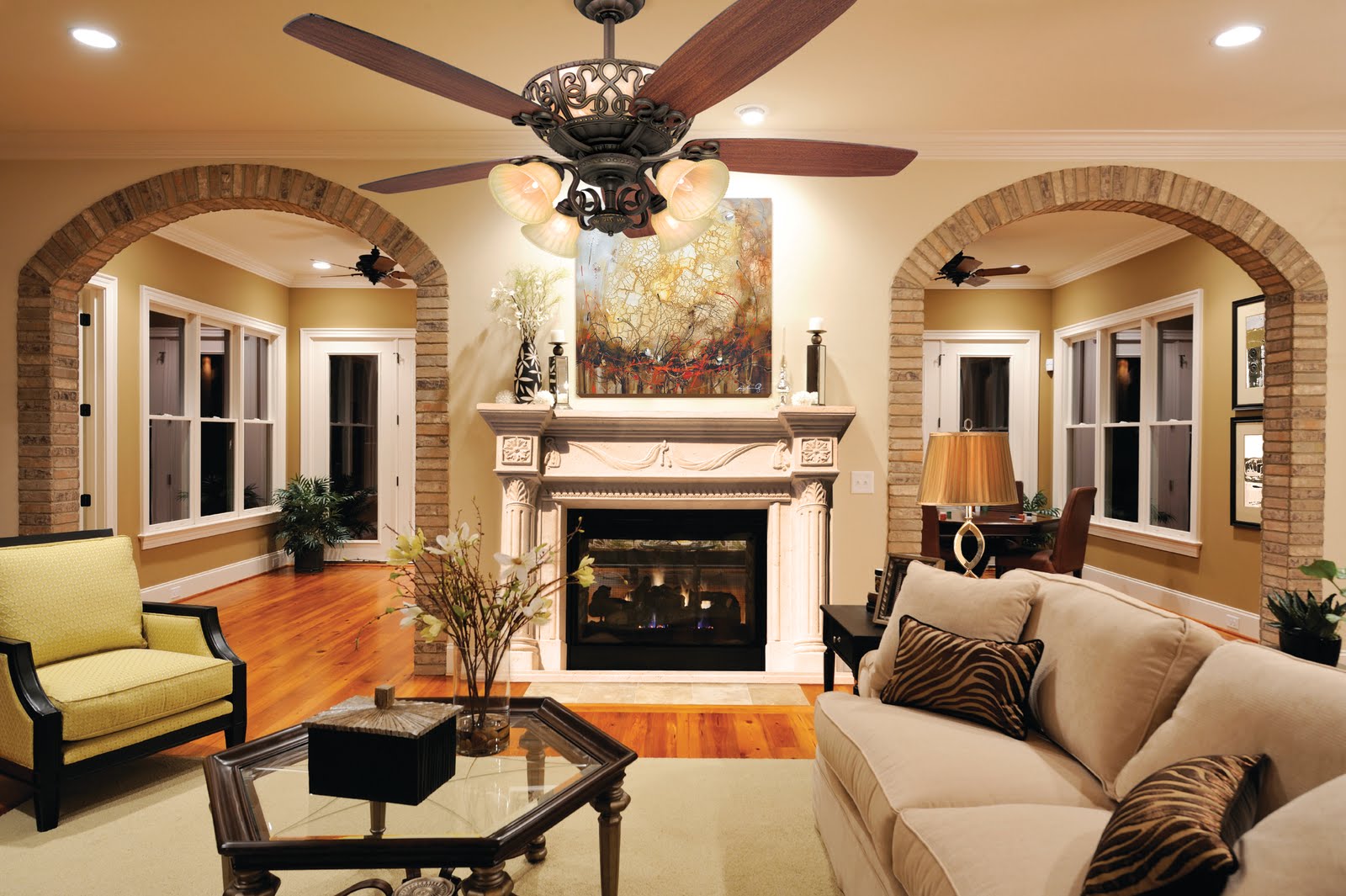

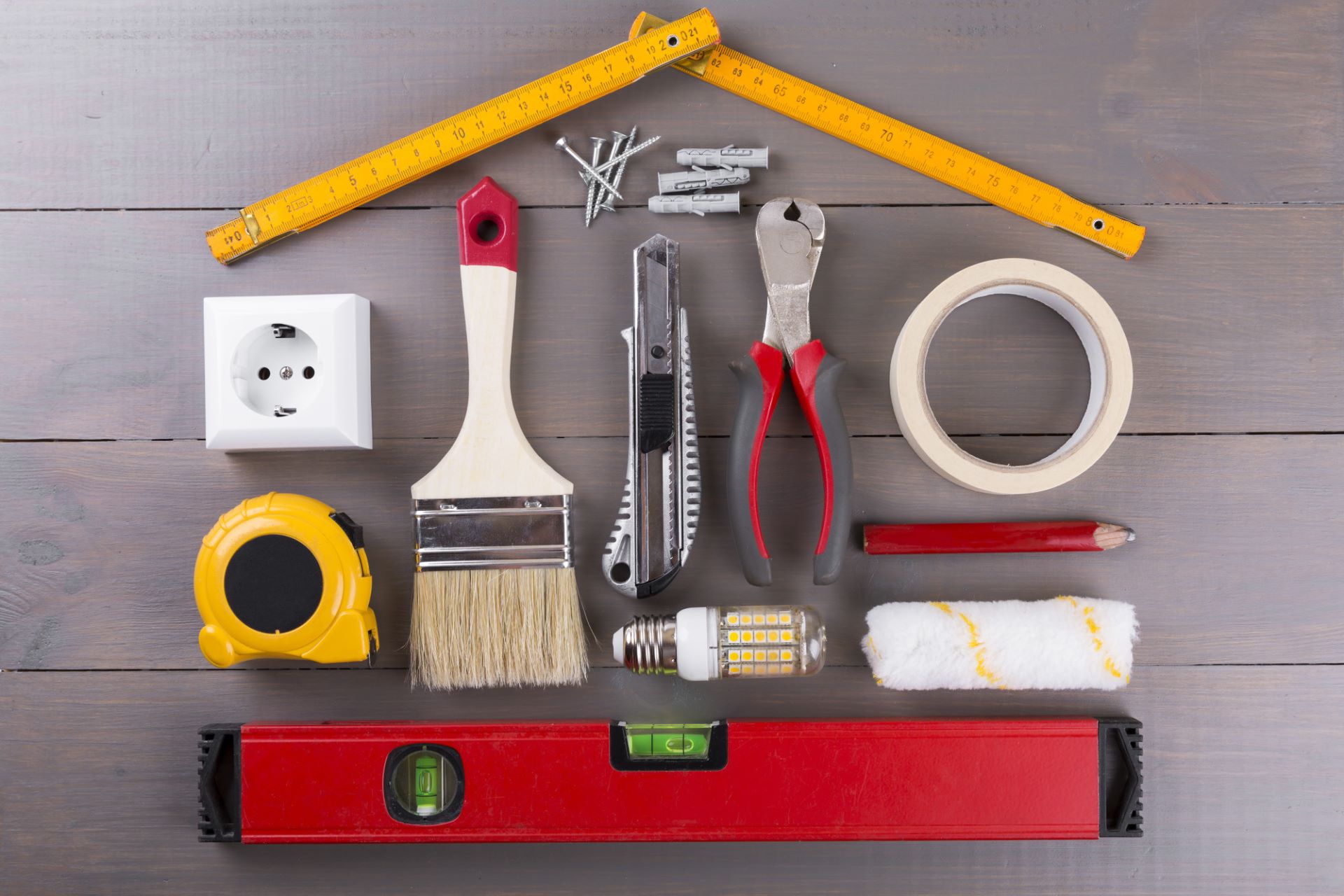
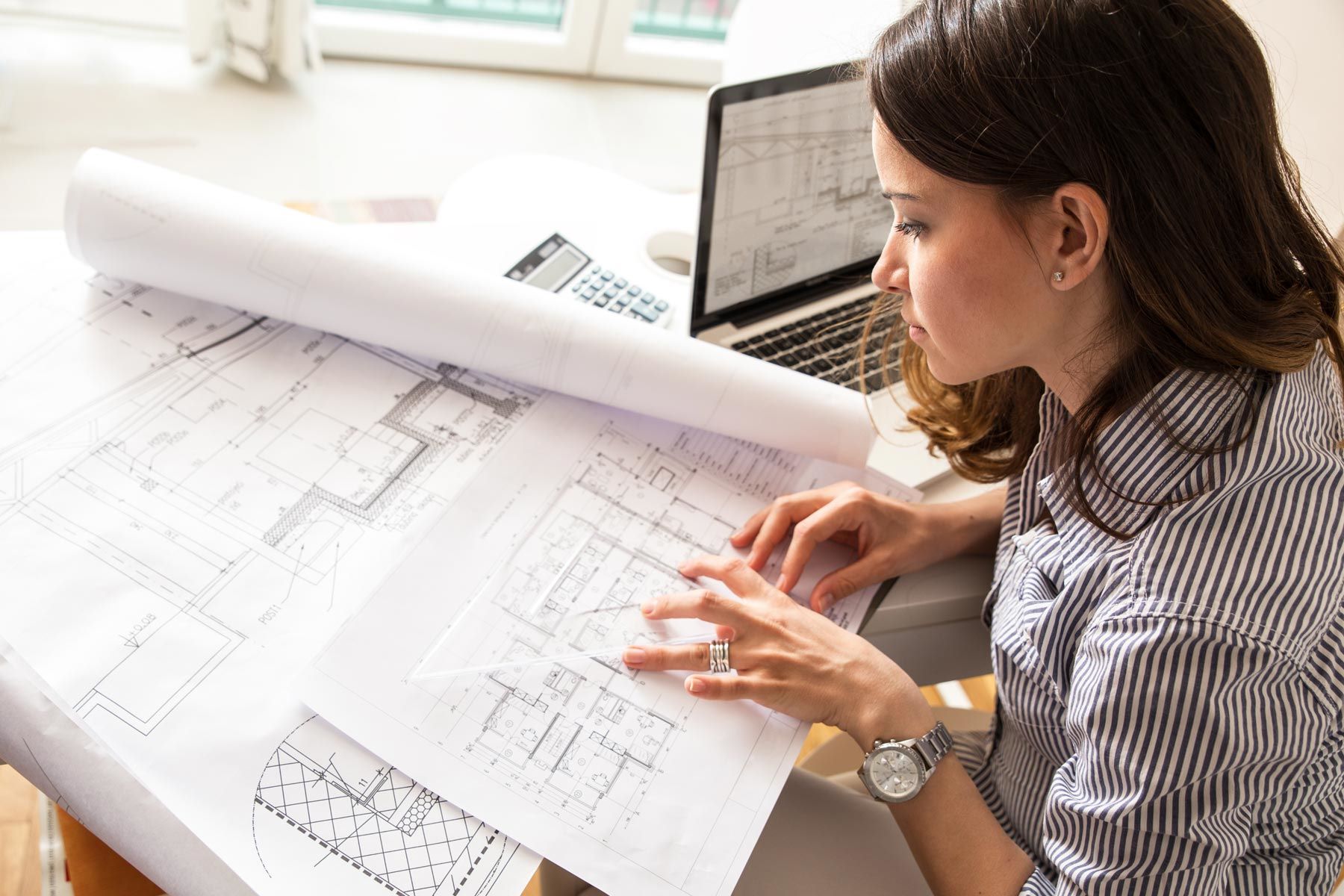


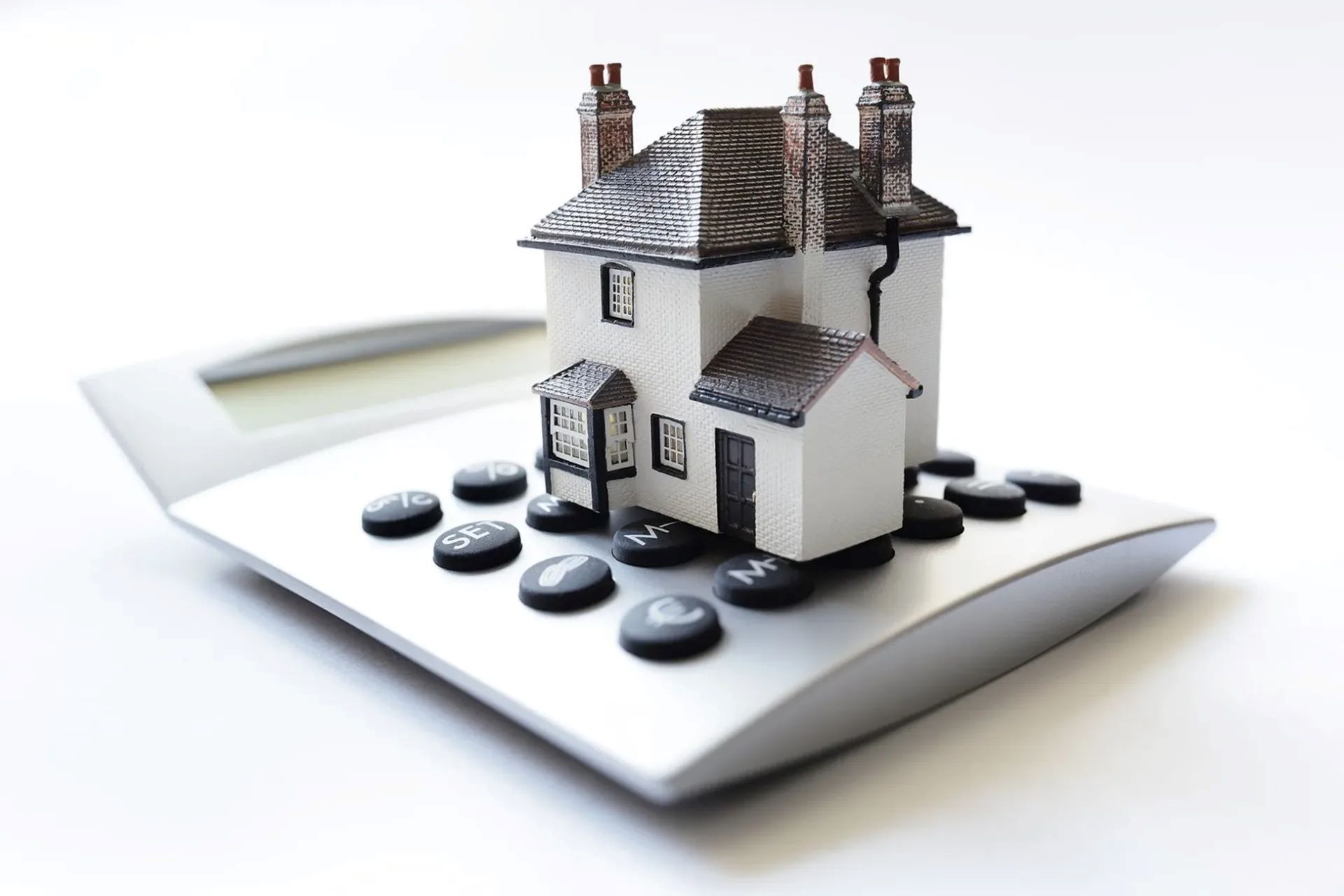
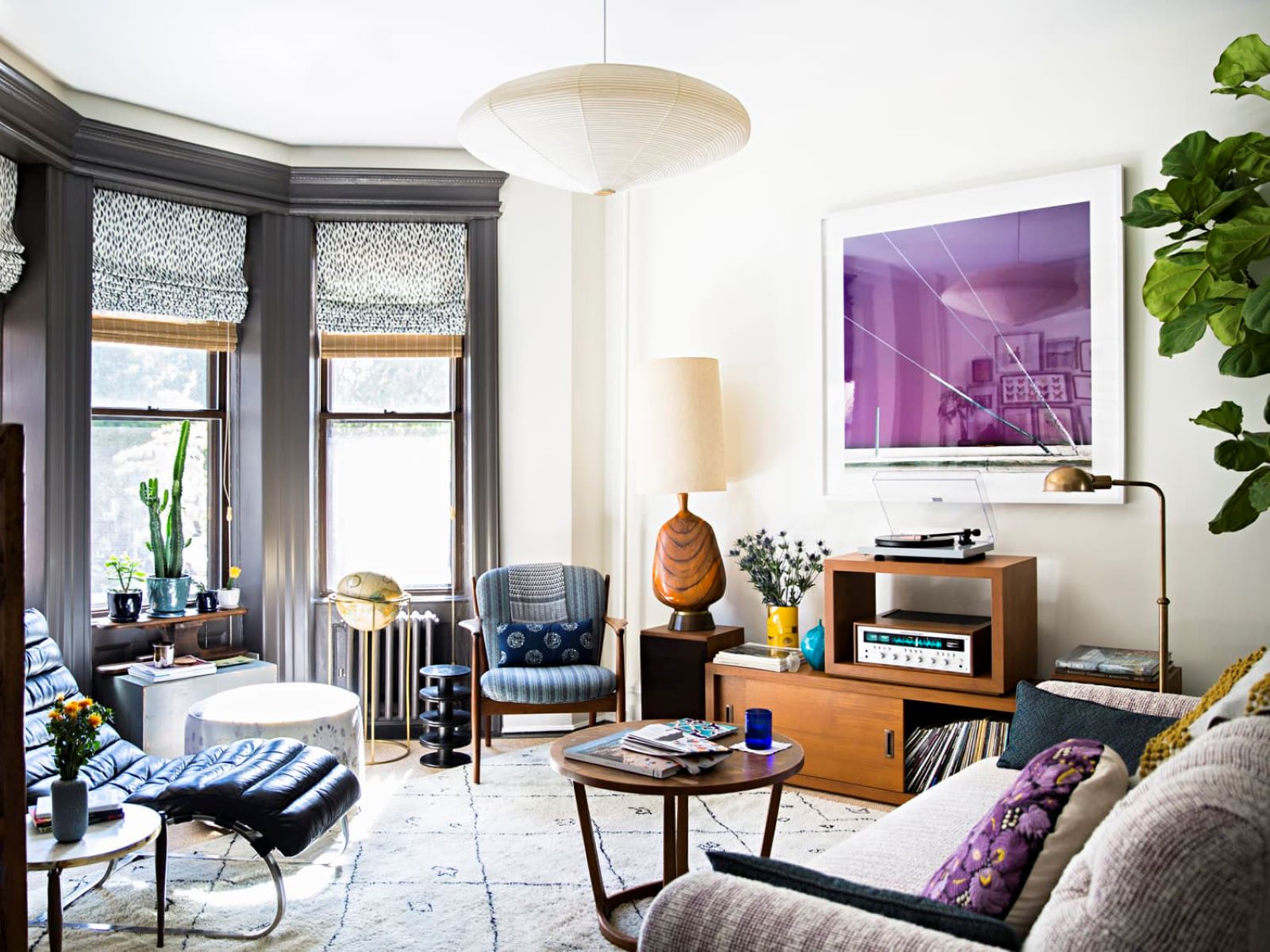
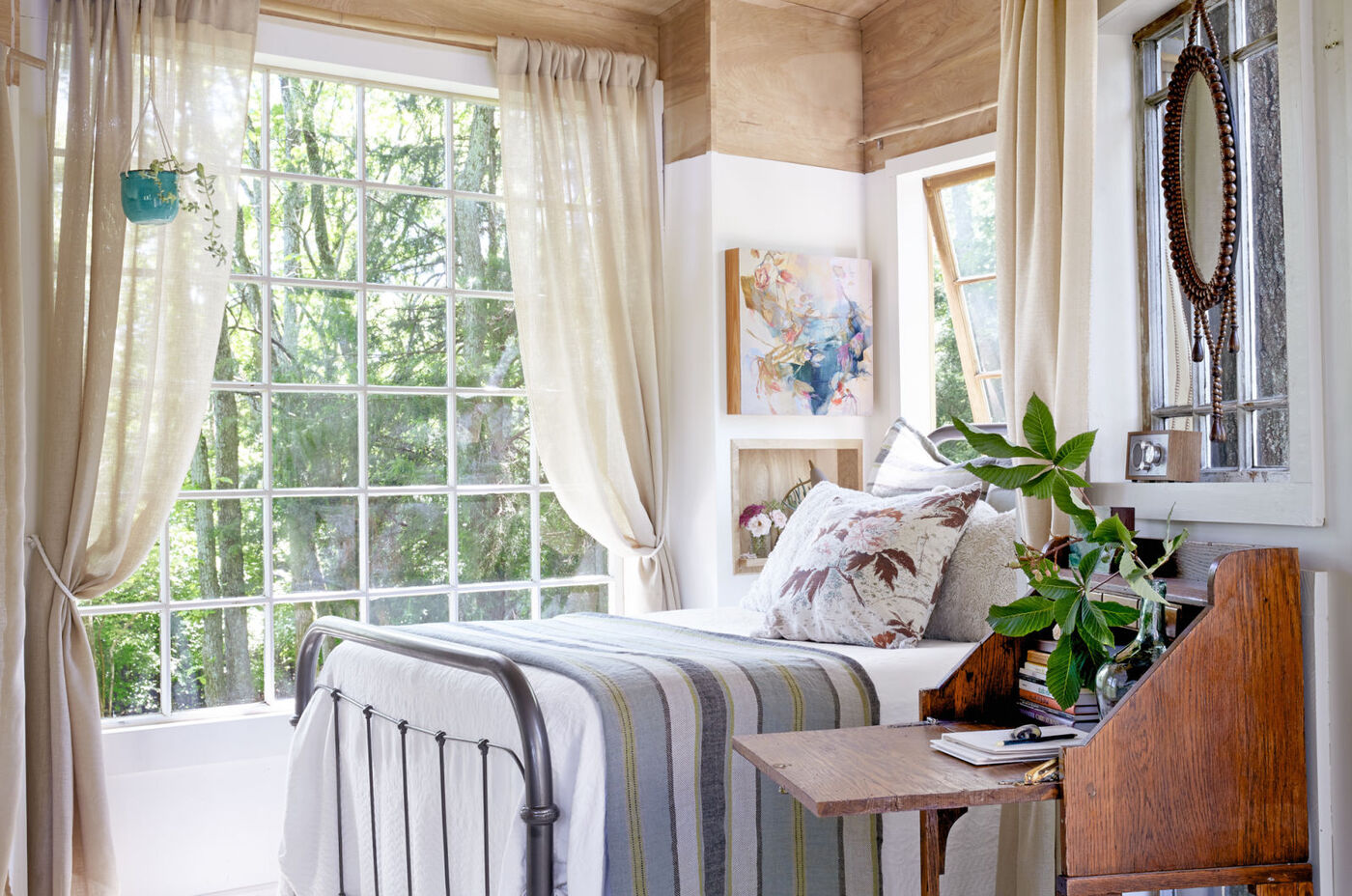




0 thoughts on “How To Create A Home Improvement Project Budget”